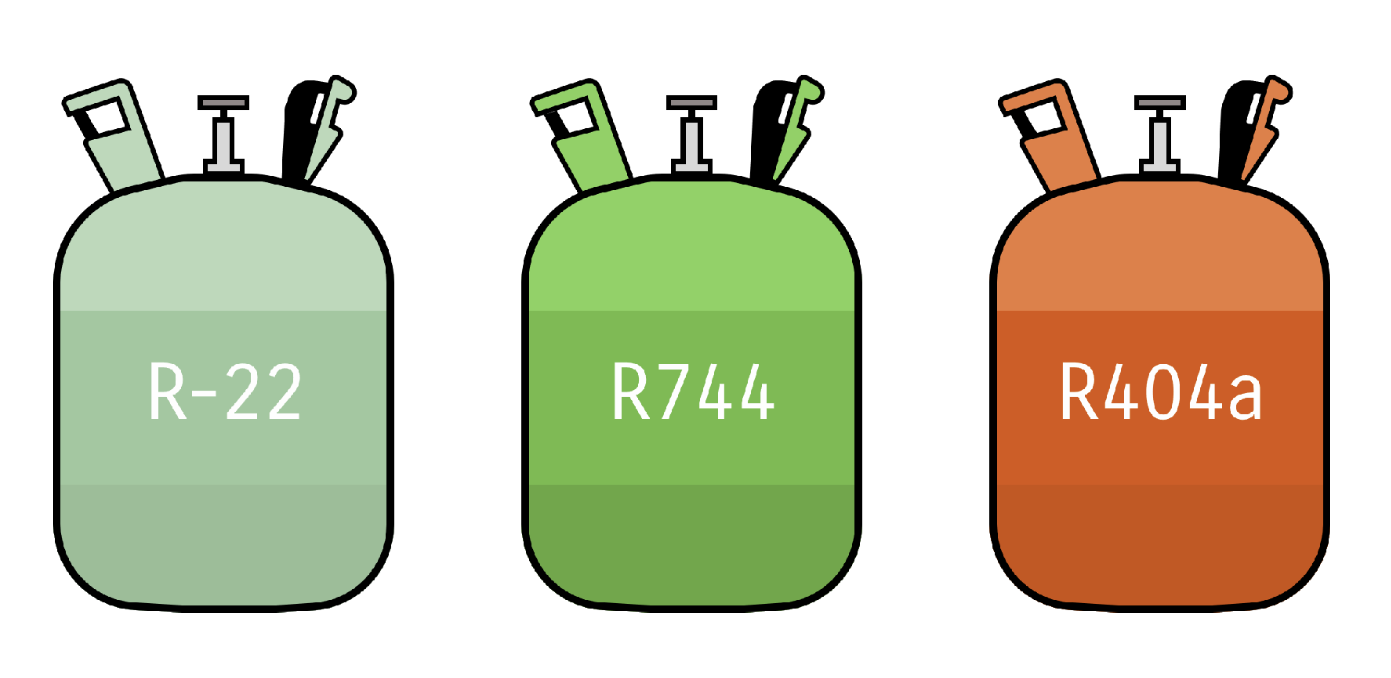Sign up for daily news updates from CleanTechnica on email. Or follow us on Google News!
Sadly, most people don’t take climate change seriously. After all, we all have a lot on our plates. Heck, I write for CleanTechnica and I don’t have solar panels on my roof or electric heat in the winter. It’s just not something I’m in a position to do yet, regardless much I want to. So, it would be hypocritical to criticize most people unless they’re actively working against solutions.
Because climate change isn’t top of mind for most people trying to live their lives, the first time it seriously impacts them, it’s going to be a shocker. But, once is happenstance. It’s probably just a freak storm, right? We will rebuild!
Denial can only carry you so far, though. The second time your home gets flooded or you have to evacuate an unusually big wildfire, you might dismiss it as a coincidence or as part of some 50-year cycle that grandma thinks we’re at the bottom of. But, that third or fourth heatwave or insane winter storm that never happened when you were a kid will make you question whether it’s time to move. Maybe next time you’ll lose a loved one or pass away yourself.
By the time many people realize it’s time to go, many others will have also come to the same conclusion. Wait too long, and you might not even be able to walk away with equity. While most places aren’t there yet, some people are finding that they can’t get homeowner’s insurance, and there’s a growing number of people who have decided they need to get out of harm’s way. So, we may be later in the game than most people realize in places where climate-exacerbated disaster is on the rise.
Where Will People Go? Maybe Nowhere — Or Everywhere
It’s easy to assume that we’re not really seeing climate migration begin. After all, heat waves are nothing new, and people have been moving to places like Phoenix, Arizona, for decades, right? But, before you’re tempted to go back to sleep, it’s a good idea to take a look at the hard data on this:
Edenicity mentions a number of things cities can do to deal with these changes as they accelerate, but let’s first explore the problem a bit more. Some people are going to make one move to get away from climate problems, but other people are going to move, find that the new place is experiencing problems, and then move again. If this happens enough times, there will be a segment of the population that fears trying to lay down roots again.
Even people who either make one smart move or stubbornly try to lay down roots over and over might simply not be in a position to do it. After all, we’re staring down the barrel of the biggest migration in many countries’ histories (including the United States). High real estate and housing prices in climate-favored areas, shortages of places to move into, and hostility from long-time residents of places people want to move to could all add up to people not being able to find a good place to settle down, no matter how badly they desire it. This will lead to people becoming reluctant nomads.
In other words, we’d be foolish to ignore this. Places that don’t prepare for mass migrations in and out will get caught flat footed.
What Do Nomads Do Today?
If we want to figure out what cities and states can do to deal with this issue, we need to first get a grip on what nomadic life looks like today. Understanding what today’s nomads do can greatly help us understand what tomorrow’s nomads will likely look like.
The first thing to understand is that not all of today’s nomads are the same.
Some nomads are very wealthy, and own two or more homes in different places. When I was doing Uber driving in the Phoenix metro area a few years ago, I encountered this a lot. People from northern states or Canada arrive in Phoenix when it cools down to escape the winter. Then, when it starts to get uncomfortable in Phoenix, they drive or fly back north to escape the Arizona summer. This nomadic cycle doesn’t resemble homelessness at all.
Another kind of seasonal migratory human is the RVer, and you can find a lot of them in places like Quartzsite, Arizona, in the winter. Just like Phoenix, it’s a bad place to be in the summer, but unlike Phoenix, there’s a lot of public land that one can camp on. This can happen for up to two weeks without a permit, or for months on end if you get a long-term pass from the Bureau of Land Management. People of all income levels do this, from those in million-dollar diesel pusher RVs to those living in their cars.
At the bottom of the nomadic world there are people who are basically homeless. Older RVs in poor repair can be had for fairly cheap, so people who can’t afford rent often gravitate toward them as an alternative to living in a car or on the streets. Lacking money to repair them or fuel them up, some of these people attempt to camp out in cities for weeks or months, sometimes doing horrendous things to wear out their welcome. Involvement in crime and drugs, untreated mental illness, trash, and dumping untreated sewage onto the street is common with this crowd.
In response to this bottom end of the nomad world, many cities are taking measures to get rid of all nomads in RVs, vans, and cars, regardless of behavior or how decent the RV or car is. I’ll come back to this issue in a bit.
It’s important to know that there’s a spectrum here. There are wealthy nomads, middle class nomads, low income but well-behaved and decent nomads, and nomads with serious life problems that create problems wherever they go.
How Can Places Deal With A Great Climate Migration?
Dealing with the migration will largely fall into two categories: mitigation and response.
Mitigation measures are those designed to keep people from needing to migrate, soften the blow for people who do, and otherwise keep migration from becoming a big problem in an area that’s experiencing an exodus or influx. The video above goes through some very smart measures that can be taken, like increasing urban density, promoting affordable housing, and increasing green, moist spaces. Restoration of grasslands, clean technology, and much more all come into play.
But, it’s unlikely that the best places to migrate to are going to be able to keep a sudden influx of people from showing up. In the United States, every state is constitutionally obligated to treat guests with the same rights and privileges as people who live there, so simply closing the door on people migrating in isn’t a lawful answer.
Sadly, that won’t stop some places from doing anything they can get away with to get rid of what they see as an invasion, spearheaded by the worst the nomad world has to offer. We’re already seeing places ban overnight sleeping in cars, prohibiting businesses like Walmart from letting people camp, and otherwise trying to divert people to expensive RV parks that cost as much as rent, if not more. Those places are increasingly not allowing car camping and are only allowing newer RVs (often anything more than 10-15 years old is prohibited).
Instead of working to keep people out, the problem needs to be dealt with in a more granular fashion. Obviously, people rolling into town in a rig that costs as much as a house aren’t really homeless people who would be a problem. Even people in cheaper setups, including many people living in a car, aren’t really homeless as much as frugal or unhappy with sedentary living.
To deal with honest people who want to not be part of the problem, enlightened policy is needed. Low cost RV parks and public lands should be available for people passing through or staying seasonally. Working with groups like Homes on Wheels Alliance would be a great way to include good people who just happen to live on rubber instead of wood or concrete.
In other words, people need to stop looking down on all nomads and stop trying to purge them from the community. This would leave enforcement only to deal with people who are being a problem in some real way, but most cities are already dealing with the homelessness crisis. It would take a whole other series of articles to really cover that.
Finally, clean technology is part of the solution here. From the person trying to stick it out in Phoenix to the person living in a van, solar and storage is a big part of making life possible. Keeping the development of those technologies going while getting prices down is a big part of the solution.
Featured image by the Bureau of Land Management (Public Domain).
Have a tip for CleanTechnica? Want to advertise? Want to suggest a guest for our CleanTech Talk podcast? Contact us here.
Latest CleanTechnica.TV Videos
CleanTechnica uses affiliate links. See our policy here.





